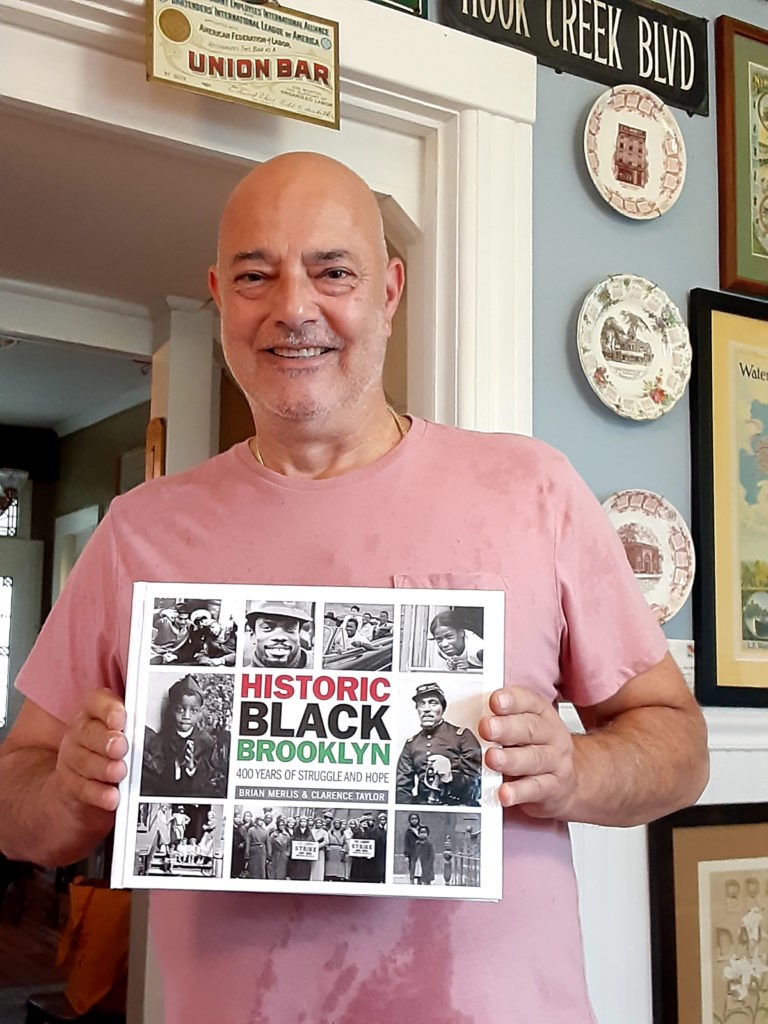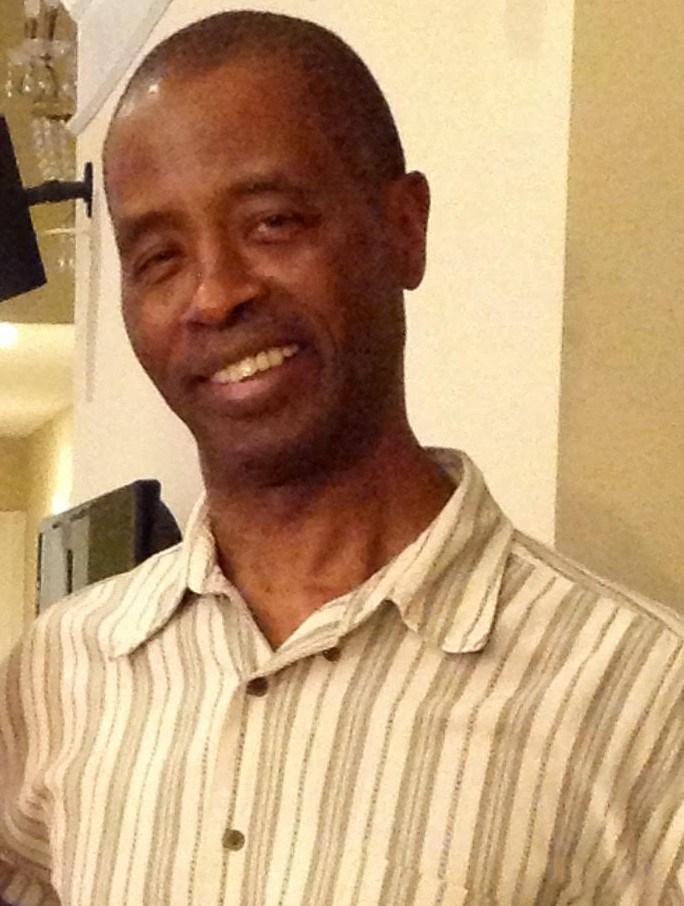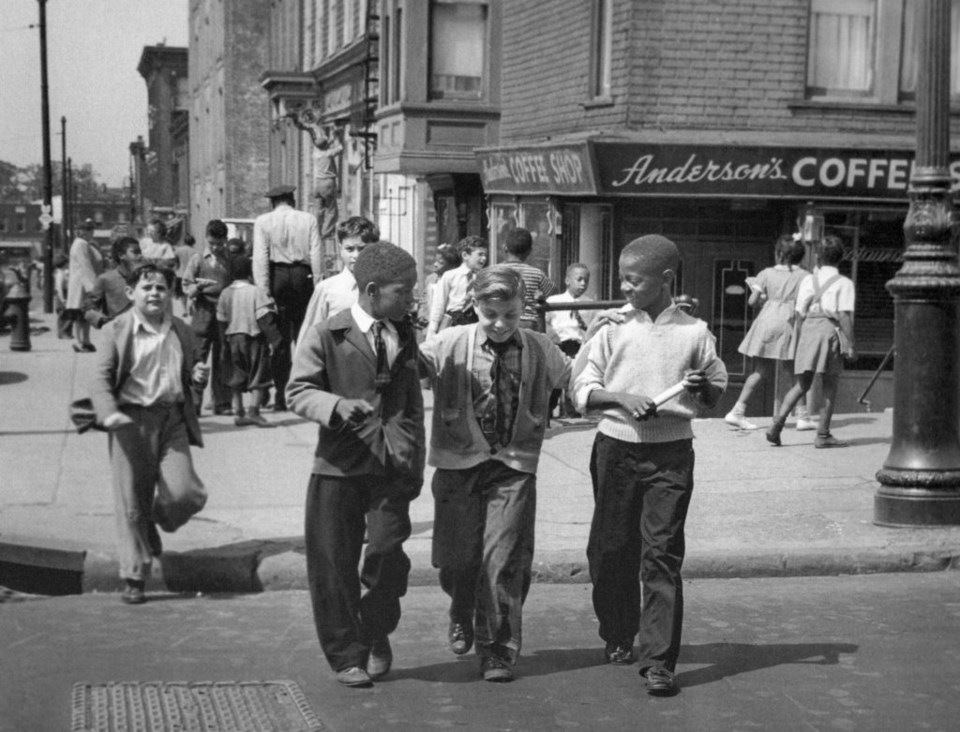Brian Merlis has an obsession. For the past 40 years, the Brooklyn native has collected photographs and other priceless images of life in the borough that go back centuries.
“I’m a hobbyist,” Merlis told BK Reader about his passion for obtaining rare images that tell Brooklyn's history.

The self-styled “amateur historian” spent his childhood growing up in Flatlands during the 1950s and 1960s “when it was only partly built up.” Over the decades, he has used pictures in his collection in the dozens of books he’s published on the history of Brooklyn neighborhoods.
“Brian is a little modest about his credentials,” Baruch College Professor Emeritus Clarence Taylor told BK Reader. “He’s an encyclopedia when it comes to Brooklyn neighborhoods,”
Taylor, a social historian with a focus that includes African American history, is a native Brooklynite and prolific author in his own right.

Merlis and Taylor brought their talents together to collaborate on a newly published book, Historic Black Brooklyn: 400 Years Of Struggle And Hope.
It chronicles the adversities and accomplishments of African Americans in Brooklyn, telling their story through rarely seen images that bring that history to life.
Pictures make all the difference
The idea for Historic Black Brooklyn stemmed from Merlis’ curiosity about the past and his approach to creating historical narratives through images.
Each photograph from a bygone era tells a story, Merlis said about the pictures he has collected over the decades. His archive has images of an Italian ice dealer here or a Jewish tailor shop there that paint a picture of the past.
Some of his photos include a lone Black face among whites and less often a group of Black people that piques his curiosity.
Reflecting on examples in his collection, he said, “This is 1924. Who would have thought that in the middle of Flatbush we would have a Black church or a store that was Black-owned near the Navy Yard? It just intrigued me, and I said, you know, I gotta put these pictures together because this really has to be out there.”
Indeed, new scholarly works, which use modern historical methodologies and reinterpretations, have chronicled the history of the borough’s Black residents. However, in telling that history, few photographs are utilized that show the day-to-day lives of Black Brooklynites, according to Taylor.

Most of the photos culled for Historic Black Brooklyn are from Merlis’ collection and have never been published.
There’s a lot of truth to the saying that a picture is worth a thousand words, the authors underscored. When carefully examined, they paint a portrait that offers a more comprehensive view of Black life.
“Readers should take into account who took the photograph and why, as that might reveal more about its historical context,” the authors explained. “When discernible, study the expression, posture, and interaction of subjects.”

“I learned a lot from these photographs. As a white person, with all the wrong things we’re told and are ingrained in us over the years, what I found is that basically working-class, middle-class and upper-class Blacks lived very much a parallel life to their white counterparts,” Merlis said.
“You see people going to work, people having fun, people going to Ebbets Field, people at a bus stop, people struggling to get by. It was heartening for me to see, of course.”
Taylor said these scenes of ordinary life “dispel some myths and stereotypes about Black people.”
“There was a lot of pain involved in the Black community at the hands of the dominant white society ruling class, but there's a lot of instances of cooperation and friendship."

Four centuries of struggle and hope
Historic Black Brooklyn illustrates that Blacks were an integral part of Brooklyn since its beginnings. They were among the first settlers of Bushwick during the 1660s, according to their research.
During a brief window when Williamsburgh was an independent city, from 1852 to 1855, Black residents there owned $151,000 worth of real estate and $5,000 in business equity, a significant amount of wealth at that time. Williamsburg was also briefly home to James McCune Smith, the first Black American to earn a medical degree.
Despite the discrimination that limited job and housing opportunities, Black Brooklynites became business owners and professionals. Black working-class families bought homes and built communities, sometimes triggering hatred and setting off mass white flight when integrating neighborhoods like Canarsie.
Historic Black Brooklyn was a labor of love for the authors, who have a 40-year friendship. The duo and their team began working on the book in 2019 and continued through the pandemic, collaborating remotely to create the 312-page, photographic and written history.
Copies are available at Barnes & Noble, Peace & Riot, Green in BKLYN, and Spoonbill & Sugartown Booksellers.
Merlis is slated to appear at Green in BKLYN from 2:00pm to 7:00pm on Nov. 27 for a book signing.



.png;w=120;h=80;mode=crop)
